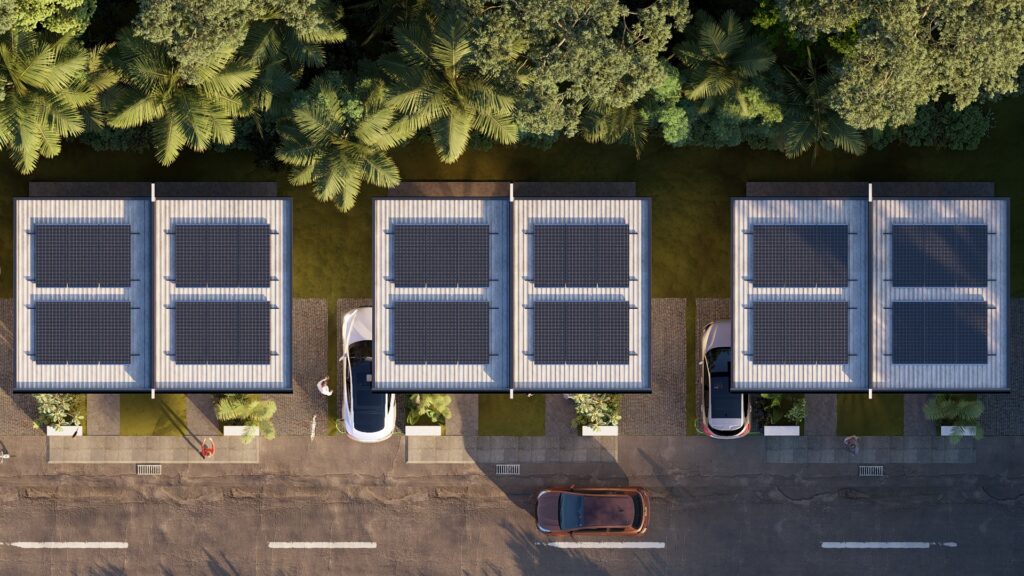Utilizing eco-friendly packaging promotes sustainability by reducing carbon footprint, encouraging biodegradability, and facilitating recycling, ultimately contributing to a more environmentally conscious and sustainable future.
PHOTO: Anna Oliinyk on Unsplash
As global awareness of environmental issues continues to grow, consumers and businesses are increasingly recognizing the urgent need for more sustainable practices in all aspects of our lives, including packaging. Sustainable or eco-friendly packaging aims to minimize negative environmental impacts by reducing waste, conserving resources, and promoting a circular economy.
The rise of eco-friendly packaging signifies an important step towards a more responsible approach to product packaging. This movement not only aligns with the values of environmentally conscious consumers but also presents businesses with an opportunity to contribute to a greener future, and to the net-zero lifestyle of consumers.
The Environmental Impact of Conventional Packaging
Conventional food packaging serves as a means to ensure the safety, dependability, longevity, and hygiene of food products. Regrettably, the majority of food packaging is intended for single-use purposes and lacks proper recycling mechanisms.
The majority of packaging is specifically designed for one-time use and is commonly disposed of instead of being reused or recycled. According to the US Environmental Protection Agency (EPA), nearly half of all municipal solid waste is comprised of food and food packaging materials.
In 2014, out of the total 258 million tons of municipal solid waste produced in the United States, over 63 percent consisted of packaging materials intended for various purposes, including food. Surprisingly, only 35 percent, equivalent to 89 million tons, of the overall waste generated was successfully recycled or composted.
The majority of unrecycled packaging is discarded, which frequently leads to the contamination of water bodies. The excessive presence of food packaging, particularly plastic in waterways, has prompted the United Nations to categorize plastic pollution in oceans as an urgent global predicament. This issue poses a significant threat not only to human beings but also to the diverse aquatic ecosystems.
Benefits of Eco-friendly Packaging Solutions
Eco-friendly packaging includes materials made from recycled products, such as recycled paper or cardboard, as well as those derived from renewable resources like bamboo or FSC-approved materials, providing sustainable alternatives to traditional packaging options.
Utilizing eco-friendly packaging significantly reduces the carbon footprint. If your goal is to make your business carbon-neutral, eco-friendly packaging is the ideal choice. The following are the benefits of eco-friendly packaging solutions:
Biodegradability
Packaging crafted from natural materials offers the advantage of being biodegradable. Unlike plastic, which takes hundreds or even thousands of years to decompose, releasing harmful chemicals along the way, eco-friendly packaging, like sustainable paper products, can easily decompose. Some packaging materials may even be compostable, further enhancing their environmentally friendly qualities.
Convenient Disposal
The majority of businesses and establishments in the UK and Europe provide designated recycling or disposal facilities. Recycling has become relatively straightforward nowadays, provided that the disposables are properly separated for recycling purposes.
Absence of Harmful Toxins
Conventional packaging materials derived from non-sustainable petrochemical resources, such as crude oil commonly used in plastic production, pose significant harm to the environment throughout their lifecycle. From extraction and refining to distribution, use, and disposal, these materials generate adverse environmental impacts. In contrast, eco-friendly packaging avoids such issues.
Ease of Reuse or Recycling
An essential characteristic of eco-friendly packaging is its capacity for reuse or recycling. Encouraging the reuse of packaging extends its lifespan, reducing the need for new materials and further diminishing its carbon footprint. Packaging of sufficient quality can be reused for various purposes, including additional packaging, storage, or even arts and crafts, demonstrating its versatility and eco-consciousness.
Why We Should Opt for Eco-friendly Packaging
Opting for eco-friendly packaging is crucial because it helps reduce our carbon footprint by utilizing recycled materials or natural resources. It is also biodegradable, unlike plastic, which takes hundreds of years to decompose. Additionally, it promotes convenient disposal through recycling and encourages the reuse of packaging. If you are advocating for sustainability, utilizing eco-friendly packaging is a practice you must start.
At BillionBricks, we advocate sustainability. We make this possible by building net-zero homes which are carbon-neutral. To know more about our BillionBricks and our net-zero homes and communities, please email us at hello@billionbricks.org.
Sources
-
Bodamer, David. “14 Charts from the EPA’s Latest MSW Estimates.” Waste460, November 16, 2016. Retrieved from https://www.waste360.com/waste-reduction/14-charts-epa-s-latest-msw-estimates
-
US Environmental Protection Agency. “Reducing Wasted Food & Packaging: A Guide for Food Services and Restaurants.” EPA, 2014. from https://www.epa.gov/sites/production/files/2015-08/documents/reducing_wasted_food_pkg_tool.pdf
-
US Environmental Protection Agency. “Advancing Sustainable Materials Management: Facts and Figures.” EPA, November 2017. Retrieved from https://www.epa.gov/facts-and-figures-about-materials-waste-and-recycling/advancing-sustainable-materials-management-0
-
Weavel. (2020). What are the benefits of eco-friendly packaging? Retrieved from https://www.weavabel.com/blog/what-are-the-benefits-of-eco-friendly-packaging




